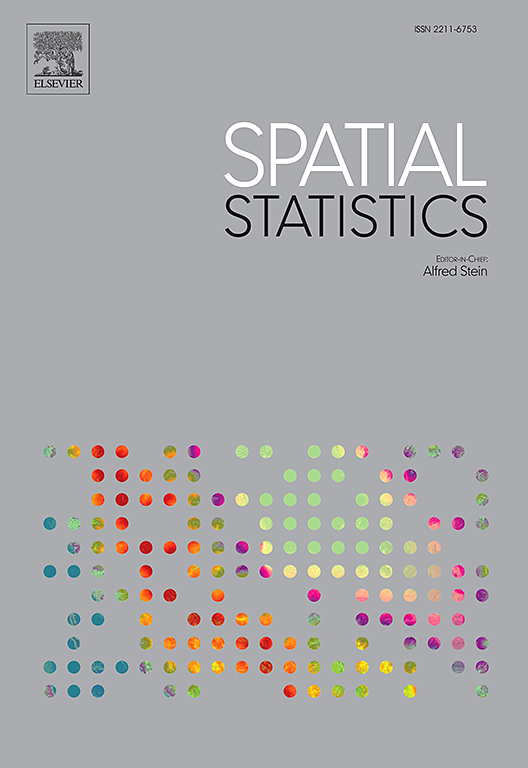Clustering of compound events based on multivariate comonotonicity
IF 2.5
2区 数学
Q3 GEOSCIENCES, MULTIDISCIPLINARY
引用次数: 0
Abstract
Driven by the goal of generating risk maps for flood events—characterized by various physical variables such as peak flow and volume, and measured at specific geographic locations—this work proposes several dissimilarity functions for use in unsupervised learning problems and, specifically, in clustering algorithms. These dissimilarities are rank-based, relying on the dependence occurring among the random variables involved, and assign the smallest values to pairs of subsets that are -comonotonic. This concept is less restrictive than classical comonotonicity but, in the multivariate case, can offer a more intuitive understanding of compound phenomena.
An application of these measures is presented through the analysis of flood risks using data from the Po river basin, with results compared to similar studies found in the literature.
基于多元共单调性的复合事件聚类
在为洪水事件生成风险图的目标驱动下——以各种物理变量为特征,如峰值流量和体积,并在特定的地理位置进行测量——这项工作提出了几个不相似函数,用于无监督学习问题,特别是聚类算法。这些差异是基于秩的,依赖于所涉及的随机变量之间的相关性,并将最小的值分配给π共单调的子集对。这个概念比经典的共单调性限制少,但在多变量情况下,可以更直观地理解复合现象。通过使用波河流域的数据对洪水风险进行分析,提出了这些措施的应用,并将结果与文献中发现的类似研究进行了比较。
本文章由计算机程序翻译,如有差异,请以英文原文为准。
求助全文
约1分钟内获得全文
求助全文
来源期刊

Spatial Statistics
GEOSCIENCES, MULTIDISCIPLINARY-MATHEMATICS, INTERDISCIPLINARY APPLICATIONS
CiteScore
4.00
自引率
21.70%
发文量
89
审稿时长
55 days
期刊介绍:
Spatial Statistics publishes articles on the theory and application of spatial and spatio-temporal statistics. It favours manuscripts that present theory generated by new applications, or in which new theory is applied to an important practical case. A purely theoretical study will only rarely be accepted. Pure case studies without methodological development are not acceptable for publication.
Spatial statistics concerns the quantitative analysis of spatial and spatio-temporal data, including their statistical dependencies, accuracy and uncertainties. Methodology for spatial statistics is typically found in probability theory, stochastic modelling and mathematical statistics as well as in information science. Spatial statistics is used in mapping, assessing spatial data quality, sampling design optimisation, modelling of dependence structures, and drawing of valid inference from a limited set of spatio-temporal data.
 求助内容:
求助内容: 应助结果提醒方式:
应助结果提醒方式:


